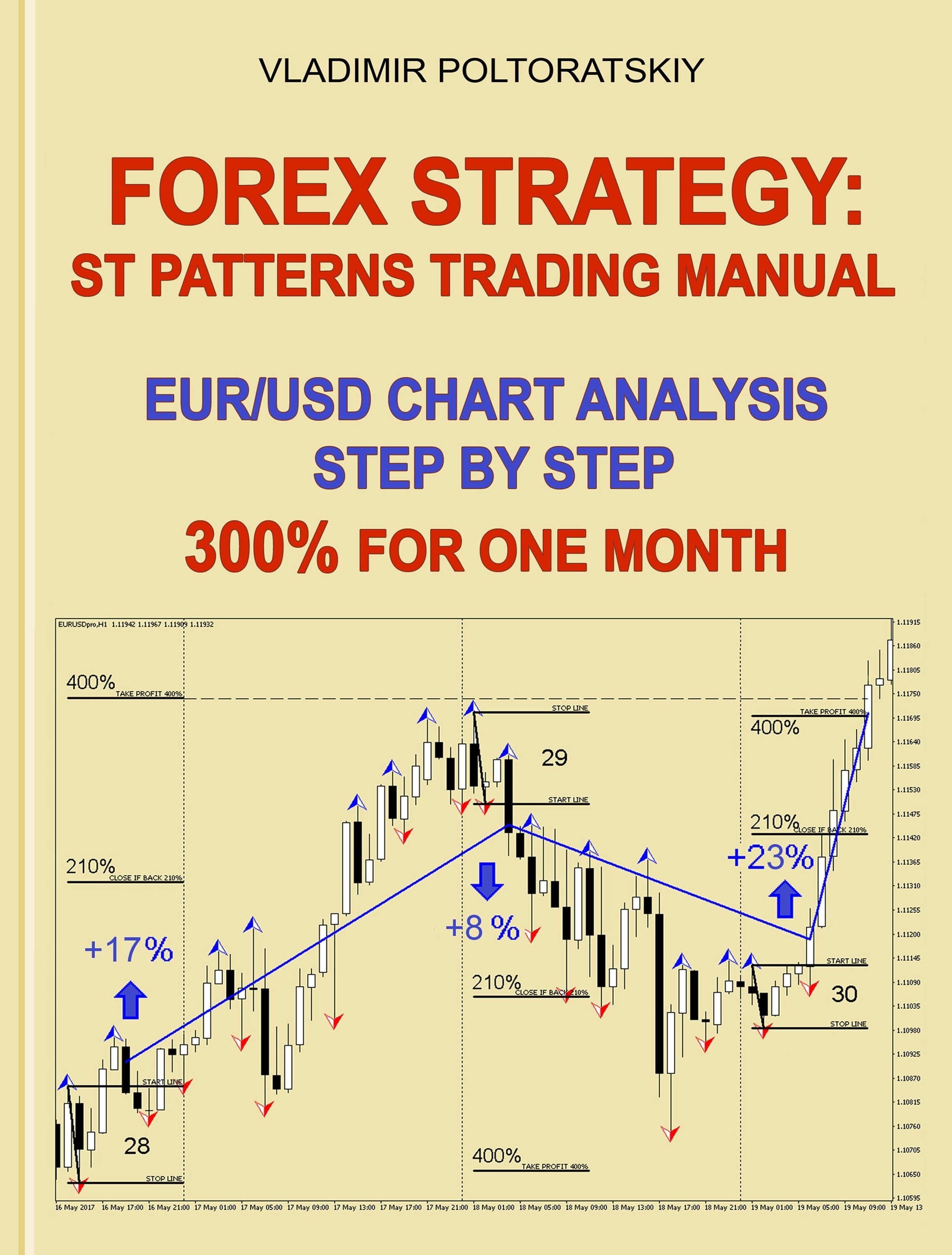Forex Strategy On The Hourly Charts Video
More than €1,000), it would be smart to divide every trade even in smaller portions to hedge against a potential loss as well. • Don’t get greedy – know your limit. If you’ve achieved your goal, go out and do something else and return the next day. binary options 60 second trading, Set a goal for each day and don’t get greedy. If you’ve decided that you want to achieve a certain amount, make sure you step out of the game once you do that.
For many years, traders and have used to determine critical support and/or resistance levels. Pivots are also very popular in the and can be an extremely useful tool for to identify points of entry and for and to spot the key levels that need to be broken for a move to qualify as a breakout. In this article, we'll explain how points are calculated, how they can be applied to the FX market, and how they can be combined with other indicators to develop other. Calculating Pivot Points By definition, a pivot point is a point of rotation.

0 1 Hour Forex Scalping Strategy. The 1 Hour forex scalping strategy is designed to take advantage of the 60 minute time frame. Instead of staying glued to your screen all day, you only need to check your charts once every hour to discover new forex scalping opportunities.
The prices used to calculate the pivot point are the previous period's high, low and for a security. These prices are usually taken from a stock's, but the pivot point can also be calculated using information from hourly charts. Most traders prefer to take the pivots, as well as the levels, off of the daily charts and then apply those to the charts (i.e., hourly, every 30 minutes or every 15 minutes).
If a pivot point is calculated using price information from a shorter timeframe, this tends to reduce its accuracy and significance. The textbook calculation for a pivot point is as follows: Central Pivot Point (P) = (High + Low + Close) / 3 Support and resistance levels are then calculated off of this pivot point, which are outlined in the formulas below. • First level support and resistance: First Resistance (R1) = (2*P) - Low First Support (S1) = (2*P) - High • The second level of support and resistance is calculated as follows: Second Resistance (R2) = P + (R1-S1) Second Support (S2) = P - (R1- S1) Calculating two support and resistance levels is common practice, but it's not unusual to derive a third support and resistance level as well. ( Note: third-level support and resistances are a bit too esoteric to be useful for the purposes of trading strategies.) It's also possible to delve deeper into pivot point analysis; for example, some traders go beyond the traditional support and resistance levels and also track the mid-point between each of those levels. Applying Pivot Points to the FX Market Generally speaking, the pivot point is seen as the primary support or resistance level. The following chart is a 30-minute chart of the with pivot levels calculated using the daily high, low and prices. This chart shows a common day in the FX market.
The price of a major currency pair (GBP/USD) tends to fluctuate between the support and resistance levels identified by the pivot point calculation. The areas circled in the chart are good illustrations of the importance of a break above these levels. The Significance of FX Market Opens in Pivot Points There are three market opens in the FX market: the U.S.
Open, which occurs at approximately 8 a.m. EDT, the European open, which occurs at 2 A.M.
EDT, and the Asian open which occurs at 7 P.M. EDT. Binary options tutorial for beginners. What we also see when trading pivots in the FX market is that the for the session usually occurs between the pivot point and the first support and resistance levels because a multitude of traders play this range. In Figure 2 (below), a chart of the currency pair, you can see in the areas circled that prices initially stayed within the pivot point and the first resistance level with the pivot acting as support.
Best Forex Strategy Pdf
Once the pivot was broken, prices moved lower and stayed predominately within the pivot and the first support zone. This chart shows an example of the strength of the support and resistance calculated using the pivot calculations. One of the key points to understand when trading pivot points in the FX market is that breaks tend to occur around one of the market opens.